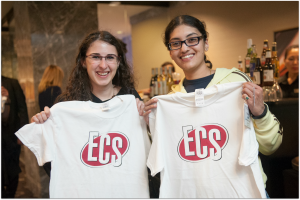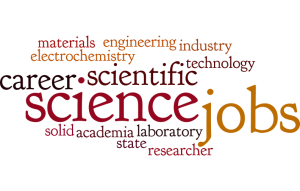 ECS’s job board keeps you up-to-date with the latest career opportunities in electrochemical and solid state science. Check out the latest openings that have been added to the board.
ECS’s job board keeps you up-to-date with the latest career opportunities in electrochemical and solid state science. Check out the latest openings that have been added to the board.
P.S. Employers can post open positions for free!
Electroanalytical Sales Scientist
Pine Research Instrumentation – Durham, NC
The position encompasses critical aspects of sales and support for the electrochemical instrumentation product line offered by Pine Research Instrumentation. This position couples deep understanding of electrochemical science with the ability to communicate and interact with other people. Successful individuals in this position enjoy the unique chance to blend interpersonal skills (for sales and marketing purposes) with scientific knowledge (for technical support and advice).
PhD Student in Electrochemical Conversion of Biomass
Ohio University – Athens, OH
The Center for Electrochemical Engineering Research (CEER) at Ohio University is searching for PhD students to join a team of researchers working on electrochemical conversion of biomass. The successful candidate will develop materials and processes for electrochemical conversion of biomass to fuels and industrial chemicals, including developing electrocatalysts and reactor systems. Product stream analysis is an integral component of this program.


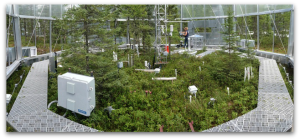
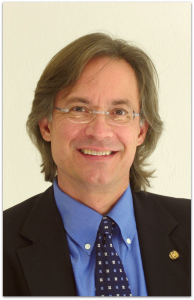
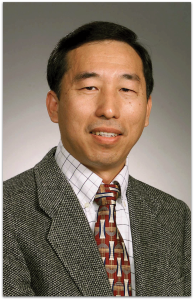
![As title length increases, the number of citations typically decreases. [Click to enlarge]](https://www.electrochem.org/wp-content/uploads/2015/08/title-vs-popularity-300x221.jpg)
